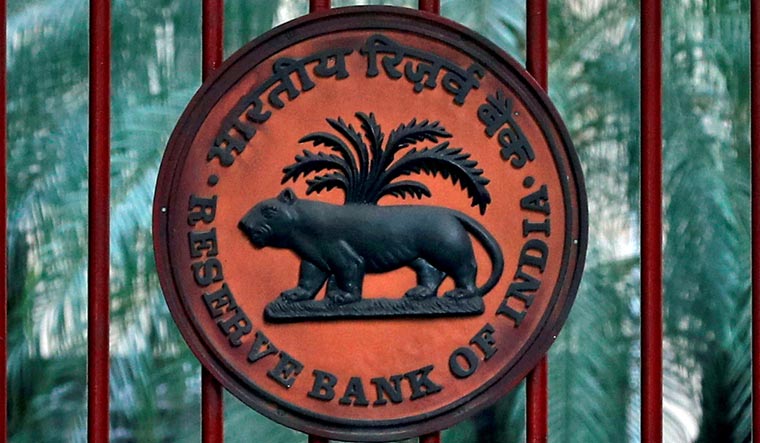India’s CPI (consumer price index) inflation eased to 5.72 per cent in December 2022, this was a 12-month low and the second straight month that the headline inflation number has come below the Reserve Bank’s upper tolerance band of 6 per cent. Retail inflation had come in at 5.88 per cent in November 2022.
December inflation is also well below the 6.6 per cent inflation that the RBI monetary policy committee (MPC) had forecast for the October-December quarter in the last meeting. The cooling inflation, coupled with the Index of Industrial Production (IIP) growing 7.1 per cent in November from a 4.2 per cent contraction in October, should give a huge comfort for the RBI ahead of the next MPC meeting in February.
Since May 2022, the RBI has raised the repo rate, which is the rate it which it lends commercial banks, by 225 basis points to 6.25 per cent from 4.0 per cent. Globally, major central banks have been tightening their pandemic-era easy money policies and raising interest rates sharply amid a surge in inflation.
The falling inflation and industrial production rebounding will raise hopes that much of the rate hikes by the RBI may be behind us and perhaps it may now look to pause and assess the impact of the past rate hikes on the overall economy.
However, most economists still expect another rate hike in the next MPC meeting, before it pivots to a pause.
Sonal Varma, chief economist (India and Asia ex-Japan) at Nomura Securities, points to core inflation, which has moved to 6.1 per cent from 6.0 per cent, which will prompt the RBI to go for one more rate hike in February.
“Given sticky core inflation, we expect a final 25 bps hike in February, with dissenters voting for a pause. But as the macro situation pivots to lower inflation and growth, we expect a policy pivot towards a pause thereafter,” said Varma.
With December’s reading, inflation averaged 6.1 per cent in the Oct-Dec quarter, compared with RBI’s estimate of 6.6 per cent, suggesting the RBI may downwardly revise its forecast of 6.7 per cent for 2022-23 financial year, further strengthening the case for an imminent pause in the hiking cycle, she added.
A sharp contraction in prices of vegetables for the second consecutive month led to the fall in headline CPI inflation last month, point economists. Falling vegetable prices offset the rise in other food items like cereals, eggs, meat, milk, and spices, pointed Rajani Sinha, chief economist at CARE Ratings.
Pressure from pent-up service sector demand continued through December, evident from rising costs of healthcare, education, and personal care, which has led to the sticky core inflation, a “pain point” for policy makers. Services inflation, on the back of pent-up demand, also remains “stubborn,” which will pose hindrance for bringing retail inflation further down towards 4 per cent.
“From the policy perspective, we believe that RBI’s move at the February MPC meeting will be a close call with core CPI inflation remaining sticky,” said Sinha.
Domestic trends will not be the only thing RBI will be watching closely. Globally central banks from the US Federal Reserve to the Bank of England and European Central Bank have been raising rates. This has a bearing on fund flows into India as well as the economy, as the interest rate difference between these countries and India shrinks. In 2022, as the US Federal Reserve raised interest rates multiple times, there was a massive outflow of foreign portfolio investors (FPI) money to the tune of Rs 1.21lakh crore from Indian equity market.
The Federal Reserve is still expected to continue raising rates. But, US CPI inflation also moderated in December, which should provide the Fed room to slow the pace of its rate hikes.
“The MPC’s decision will be not only based on the domestic inflation print, but also on a reassessment of the global tightening environment, particularly Fed’s stance on the residual rate hikes. We continue to expect a modest 25 bps hike in the next MPC meet, though the uncertainty on the decision stands higher with the faster retreat of the inflation print,” said Suman Chowdhury, chief analytical officer at Acuite Ratings & Research.
Upasna Bhardwaj, chief economist at Kotak Mahindra Bank, also expects another 25 bps repo rate hike next month, followed by a prolonged pause.
With headline inflation, which is clearly softening, along with a benign global environment, the MPC will get some breather to further moderate the pace of monetary tightening, said Bhardwaj.




